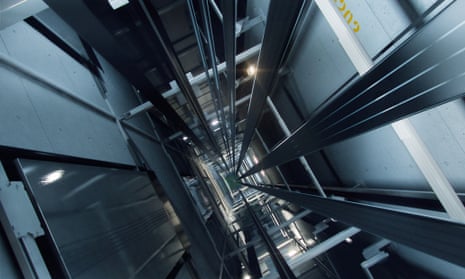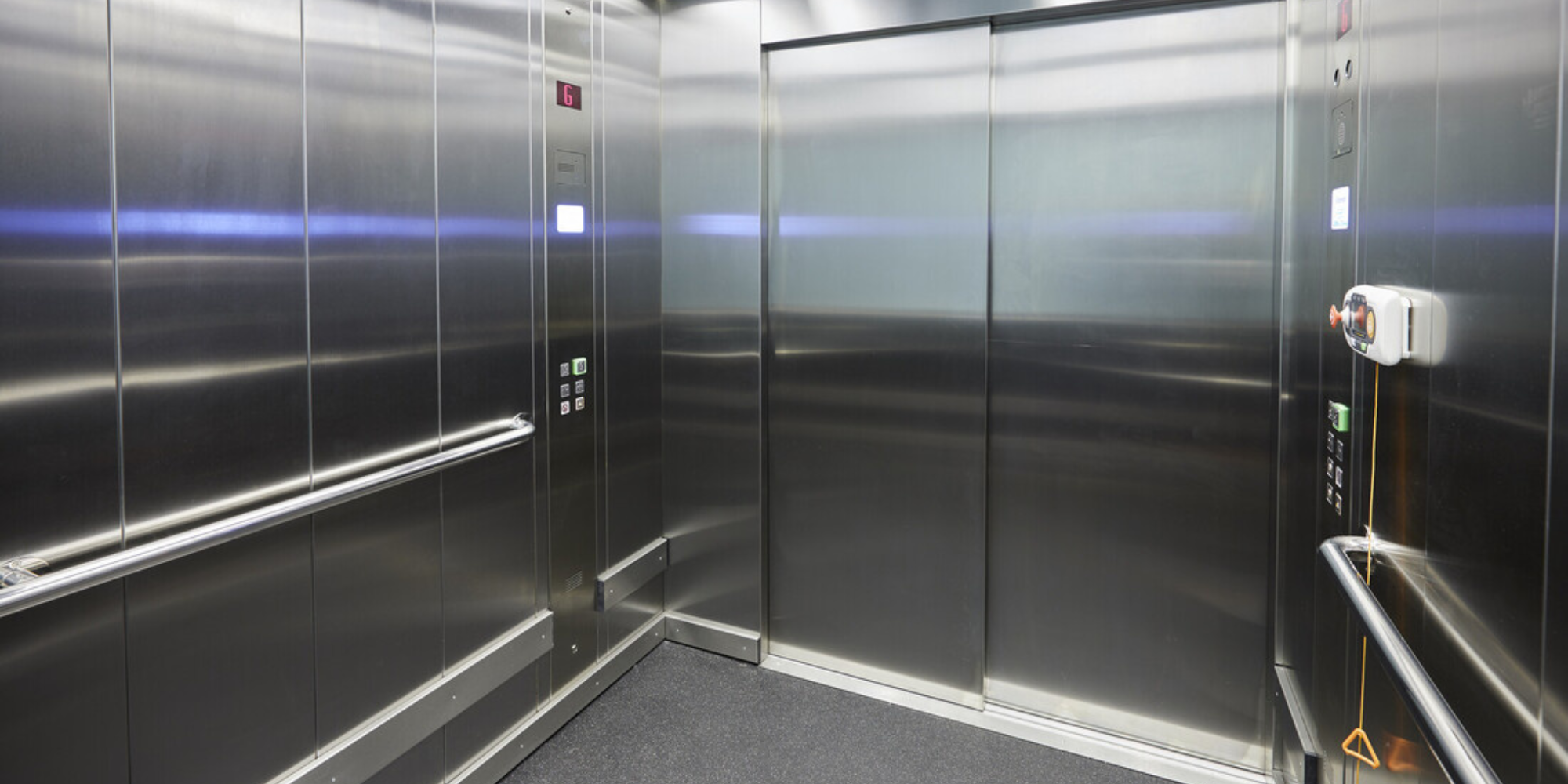London Lift Company: Offering Comprehensive Lift Solutions Across the Funding
London Lift Company: Offering Comprehensive Lift Solutions Across the Funding
Blog Article
Looking Into the Globe of Lifts: Typical Issues Faced by Numerous Lift Systems
As we navigate through the upright transport systems of modern structures, lifts stand apart as a vital element of our daily lives. Nonetheless, behind their smooth operation exists a world of intricate devices that can in some cases encounter difficulties. From hydraulic elevators to traction systems and machine-room-less designs, each lift kind features its collection of typical concerns. Understanding these challenges is vital for making sure the smooth performance of these vital systems. Let's check out the intricacies that underlie the procedure of lifts and the prospective issues that can emerge, clarifying the complex web of lift systems.
Hydraulic Elevators
Hydraulic elevators, commonly preferred for low-rise buildings, make use of fluid pressure to control the motion of the lift vehicle (lift repair companies). This device entails a hydraulic pump pushing oil into a cyndrical tube, creating the lift to relocate the preferred instructions. While hydraulic lifts are known for their smooth and peaceful procedure, they do feature their own set of typical concerns
One widespread problem with hydraulic elevators is oil leakage. The seals in the hydraulic system can wear gradually, leading to oil seepage. If left unaddressed, this not just develops a mess yet can additionally affect the elevator's performance. Additionally, issues with the control system, such as defective valves or a malfunctioning pump, can cause disruptions in the elevator's movement.
Routine maintenance and prompt repair work are important to make sure the smooth functioning of hydraulic elevators. By addressing these common concerns proactively, building proprietors can decrease downtime and make certain the safety and effectiveness of their vertical transport system.
Traction Lifts
When considering vertical transport systems in structures, an additional typical kind in addition to hydraulic elevators is the traction lift. Traction lifts run utilizing a system of ropes and weights that move the elevator automobile by clutching onto the hoist ropes. This system enables smoother and faster upright transportation contrasted to hydraulic systems.
One of the usual concerns faced by grip elevators is rope wear. The constant activity of the ropes within the traction system can result in tear and put on in time, potentially triggering the elevator to breakdown or end up being hazardous for usage. Routine inspections and upkeep of the ropes are necessary to make certain the elevator's correct performance and security.
Another problem that grip elevators might experience is connected to the control system. Problems with the control system can result in concerns such as unpredictable activity, delays in action times, and even total closures. Regular screening and maintenance of the control system are critical to stop such concerns and ensure the elevator's integrity.
Machine-Room-Less (MRL) Elevators

One of the crucial elements of MRL elevators is the portable gearless grip device that is mounted within the hoistway. This maker effectively drives the elevator auto without the demand for cumbersome devices found in typical traction lifts. Furthermore, MRL elevators typically make use of a weight system to balance the car, more enhancing their power effectiveness.
Despite their advantages, MRL lifts may deal with obstacles connected to upkeep and repair because of the constrained space for devices installation. Availability for servicing parts within the shaft can be limited, needing specialized training for technicians. Proper upkeep schedules and routine assessments are essential to ensure the continued smooth operation of MRL elevators.
Overloading and Weight Limitation Issues
Are lifts equipped to manage excess weight lots effectively and safely? Overwhelming and weight restriction issues are essential concerns in elevator operations. Lift suppliers layout raises with specific weight capacities to ensure passenger security and devices durability. Surpassing these weight limitations can cause numerous troubles, consisting of mechanical failures, delays, and safety risks.
When lifts are strained, it places excessive strain on the electric motor, wires, and various other elements, potentially causing breakdowns or failures. Safety and security devices such as sensing units and overload sensors remain in area to stop elevators from relocating if they identify excess weight. In addition, surpassing weight limitations can bring about increased power usage we maintain lifts and wear and tear on the lift system.
To reduce overloading concerns, building supervisors ought to plainly show weight limits in lifts and educate owners on the significance of sticking to these limitations - lift repair companies. Routine maintenance checks by certified specialists can additionally help make certain that elevators are running within safe weight criteria. By resolving overloading and weight limitation concerns proactively, building proprietors can boost elevator safety and security and efficiency
Electric System Failings
Surpassing disabled platform lifts prices uk weight restrictions in lifts can not just lead to mechanical concerns but also potentially contribute to electrical system failures within the lift infrastructure. Electrical system failures are an important problem in lift operation, as they can cause unexpected shutdowns, breakdowns, or also safety and security threats.
Normal maintenance and evaluations are crucial to recognize and attend to potential electric problems quickly, ensuring the reliable and risk-free operation of lift systems. By adhering to weight limits and performing regular electrical system checks, structure owners can minimize the danger of electrical failings in elevators.
Verdict

Hydraulic lifts, usually liked for low-rise buildings, make use of fluid stress to control the activity of the elevator car.When taking into consideration upright transportation systems in structures, one more usual type aside from hydraulic lifts is the traction lift. Traction lifts operate utilizing a system of ropes and counterweights that relocate the elevator cars and truck by gripping onto the hoist ropes. we maintain lifts Unlike typical elevators that call for a separate equipment room to house the tools, MRL elevators incorporate many of the elements within the shaft, removing the requirement for a committed device area.In final thought, lifts face typical concerns such as hydraulic breakdowns, grip system failings, and electrical system issues.
Report this page